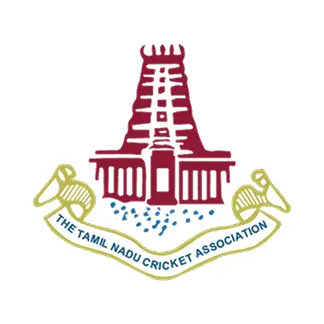We’ve all been there before—hell, we’ve all watched our favorite team underachieve and thought, “What could have been different? It was a night where the events transpired without the ceiling of tactical ignition and a catastrophe of missed opportunities. GT’s opening partnership of Shubman Gill and Sai Sudarshan made it look like they were playing chess, while Delhi Capitals were fumbling about with checkers. This won’t be a long blog, but let’s quickly look at the three biggest things DC could have done differently—after all, margins are slim in the IPL.
Chamira’s Bench, DC’s Blunder
This might have rattled GT’s top couple. No visibility of Chameera in the not-too-distant second quadrant, and though he was drinking Gatorade, Gill and Sudarshan were slashing and slicing like hot knives through butter.
How about Vipraj Nigam? He has been serviceable in the powerplay. He may not be a household name yet, but he has shown the sort of control and variation that might have stifled the early intent. Piyush mentioned that when you are defending a total, wickets in the powerplay are not just bonuses; they are essential.
And without Mitchell Starc, suddenly DC’s new-ball strategy felt more like “Plan Z” than “Plan A.”
Stop-Start Batting Kills Momentum
Batting for Delhi was like a car with a faulty gas pedal – there were sudden moments of brilliance, showing the law of averages does not always apply, with clusters of fours and sixes, both sides of 10-15 ball phases where it felt as though the scoreboard hardly moved at all.
Justin hit the nail on the head when he said DC showed bursts of attacking intent and then lost all momentum for little patches of 12-15 deliveries at a time. This is T20 cricket; you can’t afford to pause that long in a white ball match. Those comparatively dry spells robbed the assault of all oxygen and copied GT back each time DC looked to break free.
It wasn’t only about the strikes – it’s about building pressure, rotating the strike, and making sure that the bowlers never get to settle. Rather, you could feel that the innings for DC were always waiting for someone else to change the momentum. When the big hitters did eventually take responsibility, the damage was already done.
The Stubs Delay: Risk-Averse or Just Wrong?
Next, let’s discuss one of the more talked-about calls of the match: where was Tristan Stubs, and why so late?
Tom brought up a good tactical point, Axar Patel was sent ahead due to matchups. Fair enough. Stubs is a six-hitter who has a range of shots, creature comforts, and the capacity to turn a game upside down. The longer Stubs sat unused, the fewer balls he had to face, and unfortunately for DC, they missed out on a type of impact which could have lifted their total by 15–20 runs or been a game changer!
In T20s, you very rarely get second chances. In most cases, saving your trump card too long often leads to the trump card back in your pocket.
Delhi did not lose just one poor decision – they lost because of a bunch of poor decisions. They dropped important bowlers, were tentative with the bat, and only rolled out their best finisher. While this was not their collapse, it was a slow leak.
With that in mind, here is a question for you: Should T20 teams rethink the importance of “matchup first” strategy, when it leads to not playing proven match-winners at the important time? We would love to hear what you think – feel free to tag the coach of your favourite team!
For more, visit JeetBuzz News to read our quality Cricket Blog updates. Explore if you want to reminisce and enjoy all of your favourite cricket players and nostalgic match moments. To ensure that you never miss out, keep updated and join in the fun!

































































































































































